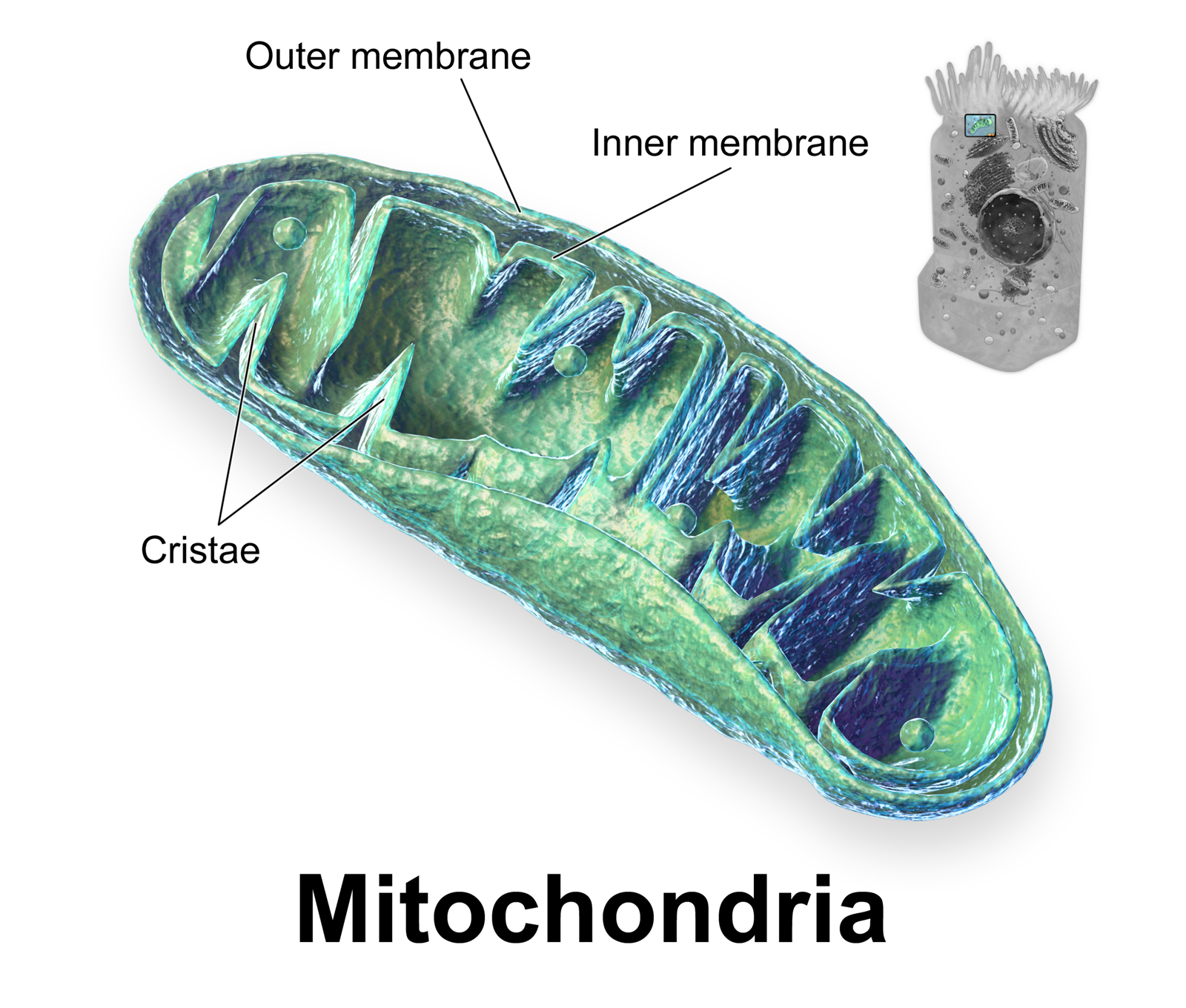 |
| https://en.wikipedia.org/wiki/Crista |
At first glance, the URL is http://www.scientificamerican.com/article/controversial-gene-editing-approach-gains-ground/ which has a .com at the end. This ending implies that the website is for commercial use and is very common in the internet, but one must be a bit wary as sometimes a .com sites are variable in credibility.
The author is Dina Fine Maron who is a health and medicine editor. What lends her even more credibility is her Masters in Public Health from John Hopkins University which shows that she is well versed in the terms surrounding the medical field.
One has to assume that the article was last updated on April 23, 2015 which is quite recent. No other dates are present other than this publishing date. There are working links to other websites which indicates that this article is not too outdated.
The aim of the article is mostly to inform, but one could say that it leans toward supporting gene therapy by stating that the process is simple and not providing any cases in which the process went awry.
The only graphic/image is one of a hand holding DNA probably showing that DNA is essential for life and is precious.
As mentioned previously, the author seems to be leaning toward the positives of using TALENs yet is careful not to sound too hopeful. If the viewers believe the information to be true, then the researchers working on TALENs might benefit since the government seems to be its primary barrier. The information can be verified online from other sources such as Nature.
The article does have a few internal hyperlinks some leading to research journals and others leading to other articles on the website. The article itself does have a few in text citations to reputable sources such as Nature.
 |
| https://pixabay.com/en/stem-cell-sphere-163711/ |
The URL yet again is a .com, but this time, we see National Geographic in the title of the website which lends it some credibility.
The author is Carl Zimmer who is an avid writer of science related works. He graduated from Yale which at face value seems credible, but majored in English. He received many awards and recognition. One may say his repertoire of science is on the weak side, but he seems to have a passion for writing about it which offsets this drawback. Overall, he seems credible.
The article was last updated on April 23, 2015 which is still recent and the fact that the links still work show that this is definitely not outdated. The links are mostly hyperlinks that lead to other websites where he Zimmer might have derived his information.
The purpose is more to inform although like the last article, there is a hint of bias which is balanced out by realizations made by the author. The bias is more toward promoting gene therapy.
There are images of other articles and even the author in addition to the main picture in the article shown above. They image above illustrates an embryo to give the reader an idea of what it looks like or just because it relates to the article. The other images may just encourage the reader to read other articles associated with the images.
The article is well balanced yet is more pro-gene therapy as shown by Zimmer's optimism toward gene therapy improving in the future. He does mention some pitfalls too, but the majority was focused on research advancements. The researchers again profit if views deem this to be true. The authors claims are verifiable online.
The hyerlinks embedded in the article do lead the reader to other sources that contain more information concerning this gene slicing process.
No comments:
Post a Comment